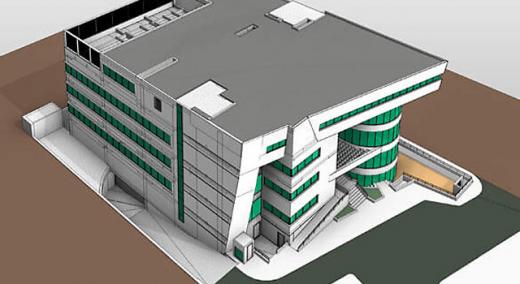The very nature of healthcare construction and its specific infrastructural and functional needs pose significant challenges to the architectural, engineering, and construction (AEC) sector. Crucial hospital spaces such as operation theaters and critical care centers need fail-proof connections to life support systems. Heating, ventilation, and air-conditioning (HVAC) installations, electrical and plumbing fittings, and fire systems all need to be designed around healthcare needs.
|
ADVERTISEMENT |
Given the sensitive nature of the spaces, there can be no room for design errors or inaccuracies. And then there’s a plethora of building codes at national, state, and local levels, ranging from design codes to operational codes that must be complied with to ensure the safety of healthcare facilities. These ensure that hospitals, nursing homes, and clinics can withstand disasters and keep operating in emergencies.
…

Add new comment